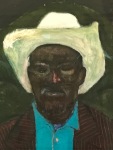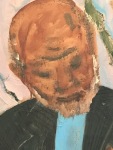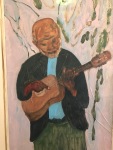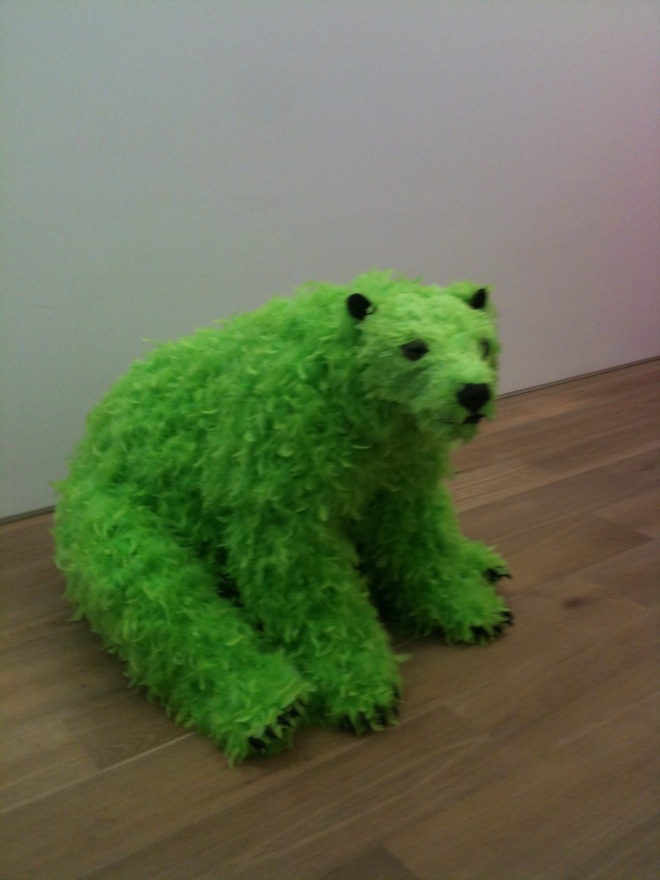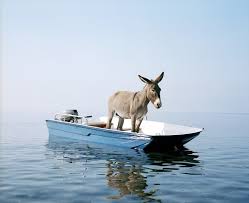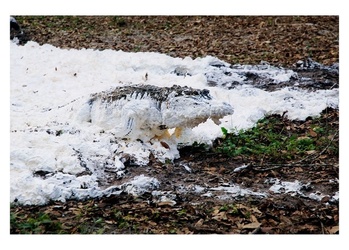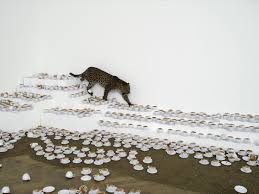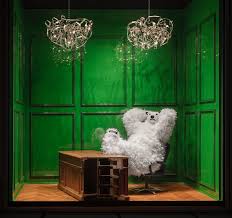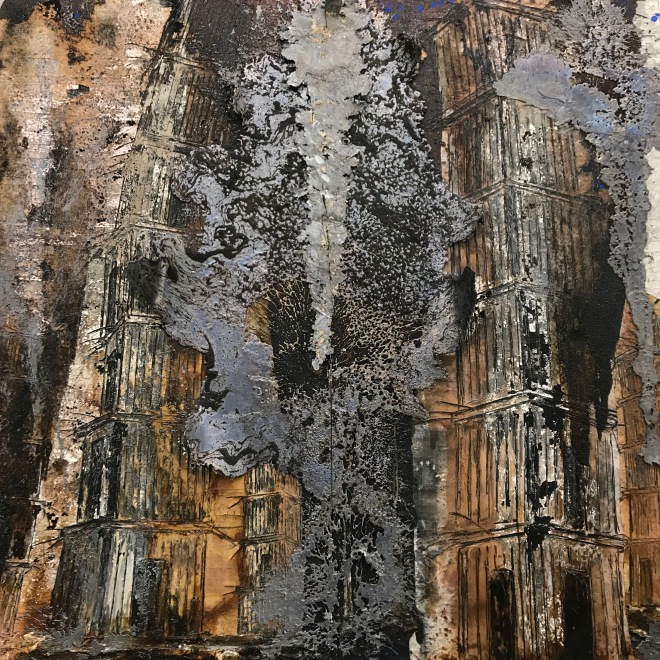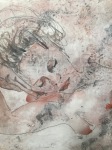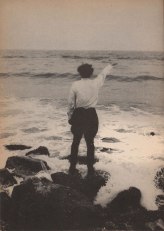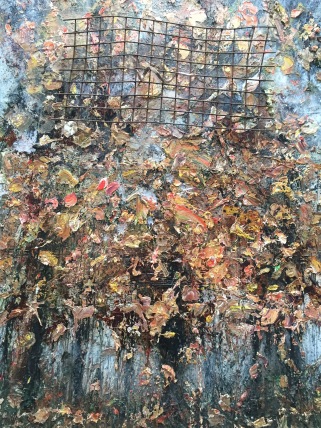Artistfacts: Peter Doig

Peter Doig is a wonderful cosmopolitan painter- cosmopolitan because he was born in Edinburgh, the son of a Sri Lanka born Scotsman employed by an international shipping company. Peter Doig was raised in Trinidad and Canada, received his artistic education in England and is now living once again in Trinidad while teaching in Germany and he integrates all of these cultures into his work. Most importantly though he is a brilliantly expressive and lush painter, one who is often in the art world described as a painter’s painter and whose work I would described as bewitching, captivating and unique, as with a painting by Munch, his works are immediately recognizable as his and his alone.
Peter Doig is a figurative and representative painter but his imagery though recognizable tends to be veiled, blurred and elusive as do the people populating the canvases. The perspective is disjointed. The world created dreamlike, ambiguous and at times discomforting. The blurring adds a sense of movement, of the fourth dimension, of time.


Peter Doig uses photos, movie scenes and works by other artists as a reference or inspiration in his work but he is not trying to recreate the image in the photograph or in fact to create a realistic image at all, on the contrary, these works are layered, frosted or out of focus images with lush, sometimes off kilter or acidic color.


Though the works could be timeless and universally located, almost romantic often a small detail will place it in time or place such as the policeman in Echo Lake where the viewer is placed in the middle of the lake, possibly the person being yelled at by the policeman
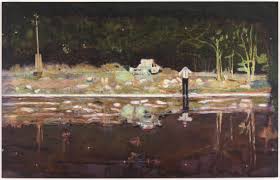
or the fire hydrant in Lapeyrouse Wall
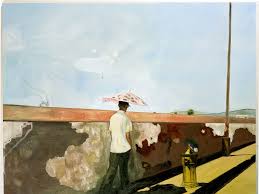
At the same time, certain details are so out of kilter with the narrative of the painting they cause the viewer to do a double take or a deeper dive into the dream like quality of the images such as the hockey player in Two Trees a painting clearly set in the Caribbean.

There are several persistent images in his works, primarily cabins, canoes, snow, lakes, bodies of water. These draw on the memories of the painter and tend to evoke memories often of childhood of the viewer. Memory thus plays an important part but the memory as filtered through these layered images allows for a more universal interpretation.
He is not a prolific painter, with each work taking a very long time, sometimes 4 to 5 years. Technically the application of paint is magnificent and the color choices bright and engaging. He works on many paintings at the same time and seems to work on topics in series. Although there is a backstory to each painting, knowledge of that story or of the title is in now way important to the appreciation and enjoyment of the work.
The trees or the snow falling provide a strong vertical strength and create the veil or barrier through which the viewer must gaze to see the subject of the work.The “fuzziness” of that image distorts its reality. You are adrift, in-between worlds, between the real and the imaginary.


Peter Doig has used paint diluted with lots of turpentine among other techniques to achieve that look. He starts a work with a collage or an etching, reenacting or recreating a memory. The paint applications range from fluid, ephemeral, to thick globules of pigment or splatters.
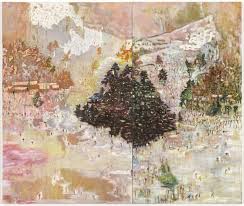
In the earlier paintings, the people have no identifiable expression but the overall mood of the works is very romantic. It is difficult to figure out what is going on in the head of the person being painted or what they are doing in that location. This seems to be evolving in newer works in particular those that represent friends which offer a closer, I would say loving look.
Peter Doig’s goal is to create a lasting mood that does not dissipate with subsequent viewings. The narrative is not important, the atmosphere is and he is wildly successful at doing this. I love absolutely every single one of his works and I look forward to many years of having the pleasure of losing myself in them.
Gallery representation Michael Werner






